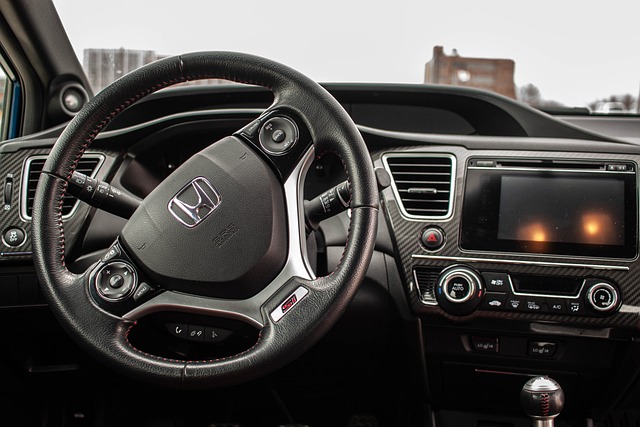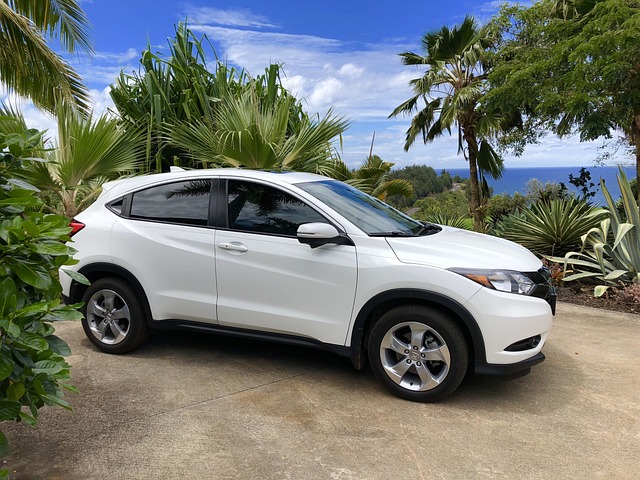Key Takeaways:
- Insight into how compact cars have adapted to economic and technological changes.
- Understanding the significant environmental benefits compact vehicles offer.
- Exploring modern compact cars’ critical safety, design, and technological features.
- Recognizing the global and cultural impact of compact cars.
- Tips on choosing the right compact car based on individual needs and preferences.
Table of Contents:
- Introduction to Compact Cars
- The Economic Impact of Compact Cars
- Modern Compact Cars and Environmental Concerns
- The Role of Safety Innovations in Compact Cars
- Design and Comfort: The Interior Advancements
- Performance and Handling: Manual vs Automatic Transmission
- Connectivity and Infotainment Systems
- The Cultural Influence of Compact Cars
- Compact Cars in the Global Market
- Choosing the Right Compact Car for You
- Conclusion: The Future of Compact Cars
Introduction to Compact Cars
Compact cars represent an automotive category and reflect societal progress and preferences. From the original, bare-bones models designed solely for fuel efficiency and easy commuting, the evolution to today’s richly featured compact cars, like those found at your local Honda Civic dealership, has been remarkable. These vehicles blend the necessity of cost-effectiveness with an ever-increasing suite of technological improvements. They’ve served as a canvas for engineering breakthroughs and marked a commitment by the automotive industry to meet the growing demands for performance and sustainability in a dynamically changing world.
The Economic Impact of Compact Cars
The ingress of compact cars into the market had far-reaching economic implications. From their initiation as practical solutions for the economically conscious driver to their current standing as stylish, budget-friendly choices, they continue to alter the spending habits of motorists. Their typically lower purchase price, diminished fuel expenses, and reduced maintenance costs offer palpable financial benefits. Moreover, the compact car’s diminutive stature lends easier maneuverability through congested urban streets. This reduces the societal burden of traffic jams and associated economic costs like lost productivity and fuel wastage.
Modern Compact Cars and Environmental Concerns
As environmental sustainability becomes a priority globally, the automotive industry has risen to the challenge, with compact cars often leading the charge. They stand at the forefront of reduced emissions and better fuel economy, both critical factors in mitigating climate change. The compact car sector has rapidly adapted to include electric models offering zero tailpipe emissions and aligning with broader environmental initiatives. For consumers interested in how these vehicles contribute to ecological goals, the EPA Green Vehicle Guide provides a comprehensive look at the subject, delivering insight into how individual choices can lead to collective environmental benefits.
The Role of Safety Innovations in Compact Cars
Safety is a non-negotiable aspect of automobile engineering, and compact cars have evolved to become paragons of safety, defying old critiques about their small size. Advances in structural integrity, coupled with the implementation of cutting-edge active and passive safety features, have significantly improved the safety profiles of these vehicles. This is evident in how comprehensive driver-assistance technologies, such as adaptive cruise control, lane-keeping assists, and automatic emergency braking, have filtered down from luxury segments into the compact car market, making high-end safety accessible to a broader audience.
Design and Comfort: The Interior Advancements
The interior design of compact cars has transformed the mere optimization of space. Once characterized by their spartan interiors, they now boast features such as supportive seating, ambiance lighting, and advanced climate control systems, all within ergonomically arranged cabin spaces. Designers have ingeniously maximized interior room, providing a sense of spaciousness and luxury that belies the compact car’s exterior dimensions. The focus has shifted to creating a user-centric experience that caters to modern preferences for comfort and style without sacrificing the intrinsic efficiency of the compact form.
Performance and Handling: Manual vs Automatic Transmission
The choice of transmission in a compact car significantly impacts the driving experience. Manual transmissions have been historically praised for providing drivers with control and the potential for improved fuel efficiency. However, automatic transmissions are gaining popularity for their convenience and ease, especially in stop-and-go traffic situations prevalent in urban areas. Both types offer distinct benefits, and automakers continuously improve transmission technology to boost efficiency and meet the demands of consumers seeking smooth and responsive performance. This is evident at Georgia Honda dealers.
Connectivity and Infotainment Systems
Integrated infotainment and connectivity systems are no longer a luxury but a standard expectation among car buyers, and compact cars have adopted these features with gusto. Innovations have been swift as manufacturers incorporate touchscreen displays, smartphone integration, and advanced voice recognition capacities into their compact car models. As a result, drivers and passengers enjoy enriched entertainment options and connectivity features that keep them engaged and informed while on the move.
The Cultural Influence of Compact Cars
Compact cars have inscribed themselves into the cultural lexicon as symbols of practicality and forward-thinking. From their portrayal in film and television to their adoption by city dwellers and young, eco-conscious demographics, these vehicles transcend mere transportation. They’ve become emblematic of a conscious lifestyle, combining environmental awareness, urban compatibility, and economic sensibility in a package that appeals to a values-driven generation.

Compact Cars in the Global Market
While compact cars share common underpinnings, regional variations reflect local preferences and conditions. In some markets, compact vehicles are luxuriously equipped, reflecting a demand for refinement in small packages. Elsewhere, their simplicity and affordability are cherished. A worldwide overview shows a rich tapestry of these vehicles and their adaptation to numerous environments and tastes. For an informed and detailed analysis of vehicle sales and the popularity of various compact car models globally, one may turn to Statista’s Vehicle Sales Statistics to comprehensively understand the market.
Choosing the Right Compact Car for You
Selecting the ideal compact car is an individualized decision-making process that hinges on understanding one’s driving needs, lifestyle, and personal preferences. Prospective buyers are encouraged to extensively test drive multiple models and consider commuting requirements, desired features, and budget limitations. By doing so, consumers can ensure they invest in a vehicle that reflects their identity and accommodates their unique circumstances, promising a satisfying and agreeable ownership experience.
Conclusion: The Future of Compact Cars
Looking ahead, the compact car segment is set to continue its tradition of innovation and adaptation. With advancements in sustainability, AI integration, and continuous improvements in design and performance, these vehicles will remain at the forefront of automotive evolution. The popularity of compact cars is assured by their ability to encapsulate efficiency, technology, and an ever-evolving suite of features that appeal to a wide demographic of drivers.
Featured Image by Rusty Gage from Pixabay
